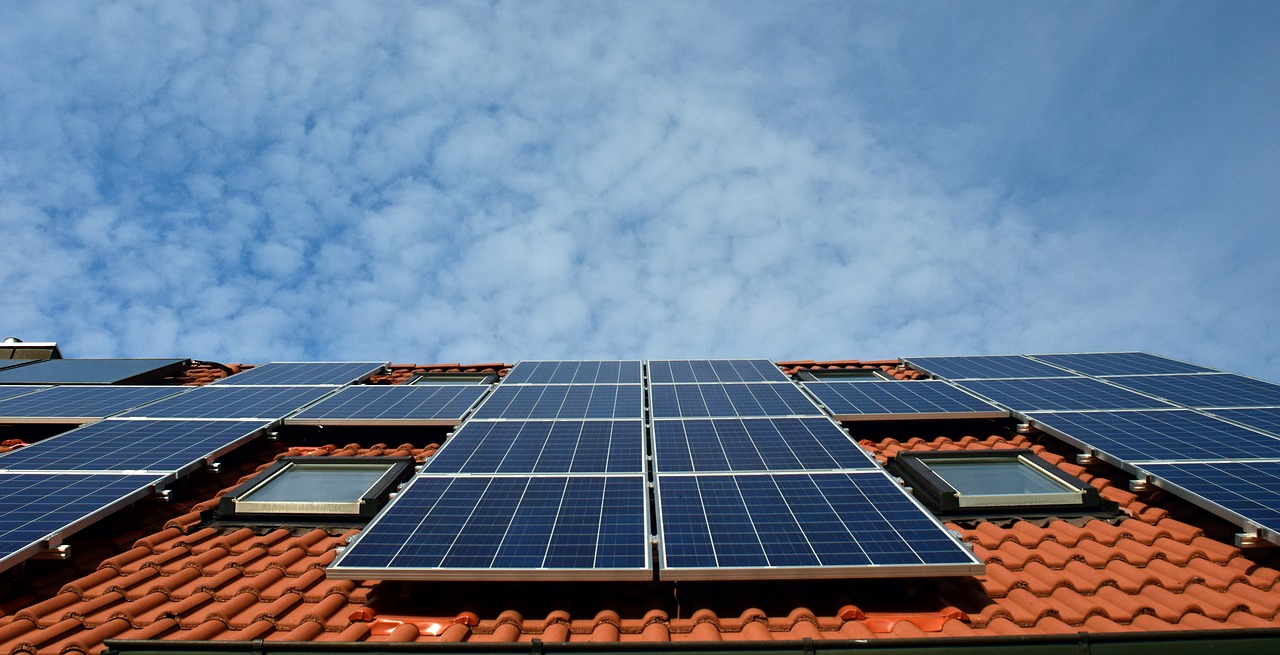At first glance, every plot of land can look largely the same. However, plots that look the same may have a number of differences – ranging from soil composition to small changes in elevation – that can significantly alter the price and time scale of building your new home. In this guide, we’ll share seven tips to help you choose the right plot of land for your self build house. From sunlight to local council regulations, read on to discover some of the most important factors to consider when selecting a plot of land for your new self build home.
Choose a plot with the space for you to build your dream home
The size and shape of the plot you purchase can affect your home’s design. If you’re interested in building a house with a large amount of floor space, you’ll need to buy a plot of land with enough space to accommodate your home. On large plots, space is rarely an issue. However, if your desired location or budget limits you to a small section, you may need to compromise on the size of your home or consider purchasing a larger plot of land. Remember that your plot needs to be large enough to accommodate your home and comply with local regulations. Many local governments restrict the amount of land a home can occupy within its section – a potential problem for small plot buyers.
Avoid sloped or uneven plots as they need to be cut and filled
When you purchase a plot of land that’s on a slope, you’ll need to include the slope in your home’s design – often not an option for flat pack houses – or cut and fill the land to give you a flat section to build on. This is not without cost, and the price of levelling your section prior to construction can have a significant impact on your total budget. The more modifications you need to make before construction, the higher your building budget will need to be. Sloped plots can also have an effect on the amount of sunlight exposure your home will receive. Before you buy a sloped plot, make sure your major living areas won’t be blocked from receiving sunlight by a slope, cliff or other environmental feature.
Consider nearby buildings and vacant plots before buying
Is your dream plot located next to a quaint country farm? If so, it’s probably a great investment. Is it located next to an empty commercial section in an area where high-rise buildings are commonplace? If so, it’s probably not such a good investment. When choosing a plot of land for your self build house, look at the type of buildings that are already in the area to see if they match your home. You don’t want to build your dream home next to a plot of land that’s set aside for a new tower block.
Choose a soil type that’s non-reactive and free of chemicals
Soil is another hidden factor in building plots that’s frequently overlooked by first-time owner-builders. Different types of soil have different compositions, meaning that they’ll react differently to factors like moisture and pressure. Most soils are classified by how ‘reactive’ they are. Reactive soils move when put under pressure or affected by moisture. They tend to be more expensive to build your home on since deeper pilings are required to keep your house stable. It’s also important to check your land’s history. Plots of land that housed industrial buildings and farms may have soil that’s been contaminated by pesticides and other chemicals and can’t support a typical residential garden.
Building in a remote area? Think about essential services
Buying a plot of land in a remote area is a great way to reduce the cost of building your dream home. However, building in a remote area has several drawbacks, the biggest of which is limited access to essential services. Essential services include access to local electrical supplies, phone and high-speed Internet connectivity and sewage and plumbing. In very remote areas, you’ll also need to consider accessibility by car and the cost of building a driveway. Before you ‘save money’ by buying a remote plot, contact the local council and ask about access to essential services. The cost of installing services can turn a cheap rural plot into a far more expensive choice than many owner-builders realise.
Learn the local council rules before you buy a plot of land
Owning the land your home sits on doesn’t give you the right to build a home that’s completely free of restrictions. Every local council has rules that govern the type of property you can build on your land in order to improve the community. Local council regulations can limit the size of your home, its position or scale on the plot, its colour, its fencing and a wide variety of other factors. Council rules can also affect the building materials you can use and the overall design of your house. It’s important to consider these regulations before you purchase land to build your new home. Contact the local council before you sign any contracts to make sure you won’t face restrictions that stop you from building your dream home.
Think about environmental factors like rivers and cliffs
A wide range of environmental factors can pose a threat to your home. These range from obvious environmental hazards like eroding cliffs and active volcanoes (which are luckily not a factor in the UK) to more subtle issues such as elevation. The recent flooding in South East England shows that many otherwise safe houses are located in areas that face serious environmental hazards. Think carefully about factors like elevation, rivers and rainfall before purchasing a plot of land.
Are you interested in building your own home?
Would you like to learn more about choosing the perfect plot of land for your new flat pack house? Contact us today to learn more about building your own flat pack house or to request a quotation.



